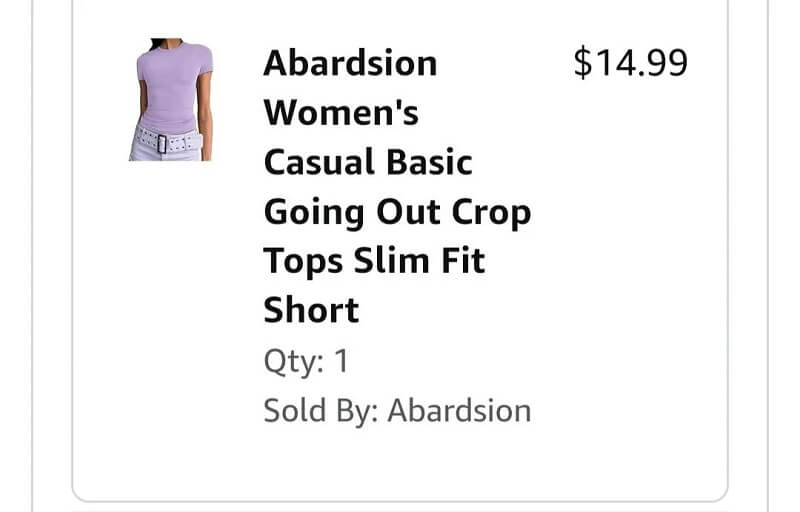A Reddit post has shed light on a pricing practice that might make you think twice before clicking "add to cart."
With online shopping events such as Amazon's Prime Day becoming popular, it's more important than ever to understand the true value of a deal.


What's happening?
A savvy Redditor recently exposed a concerning practice executed during Prime Day.
They shared photos of a purple shirt by the brand Abardsion, which was priced at $14.99 a few weeks before Prime Day. However, during the sale, the shirt was listed for $13.99, supposedly discounted from $23.99.
"Some items on Amazon definitely HAVE been reduced significantly but the vast majority of items I've come across follow this same pattern and it is ridiculous," the Redditor wrote.
This revelation sparked a discussion about misleading pricing tactics. Other users chimed in, confirming similar experiences.
"I saw this with literally everything in my save for later cart too," one commenter noted. "It was a useless sale for sure."
Why is this pricing strategy concerning?
This type of pricing strategy can contribute to overconsumption, a significant driver of our planet's overheating.
When consumers believe they're getting a great deal, they may be more likely to make unnecessary purchases. This leads to increased production, packaging, and shipping, all of which have environmental costs.
Moreover, such tactics can erode consumer trust and encourage a cycle of buying and discarding, contributing to waste and resource depletion. This Reddit post is a reminder that sometimes the best deal for our wallets and the planet is simply not buying at all.
Is Amazon doing anything about this?
While Amazon didn't address this specific incident, the company has made some strides in sustainability. It has committed to significantly reducing its carbon pollution by 2040 and has invested in electric delivery vehicles and renewable energy projects.
However, these efforts don't solve the issue of misleading pricing strategies.
It's worth noting that pricing can be complex, involving various factors such as supply chain costs and market dynamics. Still, transparency in pricing is crucial for building consumer trust and promoting responsible consumption.
What can I do to curb overconsumption?
As consumers, we have the power to make choices. First, practice mindful shopping. Before buying an item, ask yourself if you really need it. This can help reduce impulse buying and unnecessary consumption.
You can also take advantage of price-tracking tools. Websites and browser extensions can help you monitor price changes over time, giving you a clearer picture of genuine discounts.
Another option is to support sustainable brands and embrace the sharing economy.
Look for companies that prioritize transparency and environmental responsibility in their practices. Consider borrowing, renting, or sharing items instead of buying new ones, especially for things you'll only use occasionally.
Finally, get back to basics: Reduce, reuse, recycle. The classic phrase still holds true. Reducing consumption is the most effective way to minimize our environmental impact.
By making informed choices and being conscious consumers, we're not just saving money; we're also contributing to a healthier planet. And that's the best deal of all.
Join our free newsletter for good news and useful tips, and don't miss this cool list of easy ways to help yourself while helping the planet.









